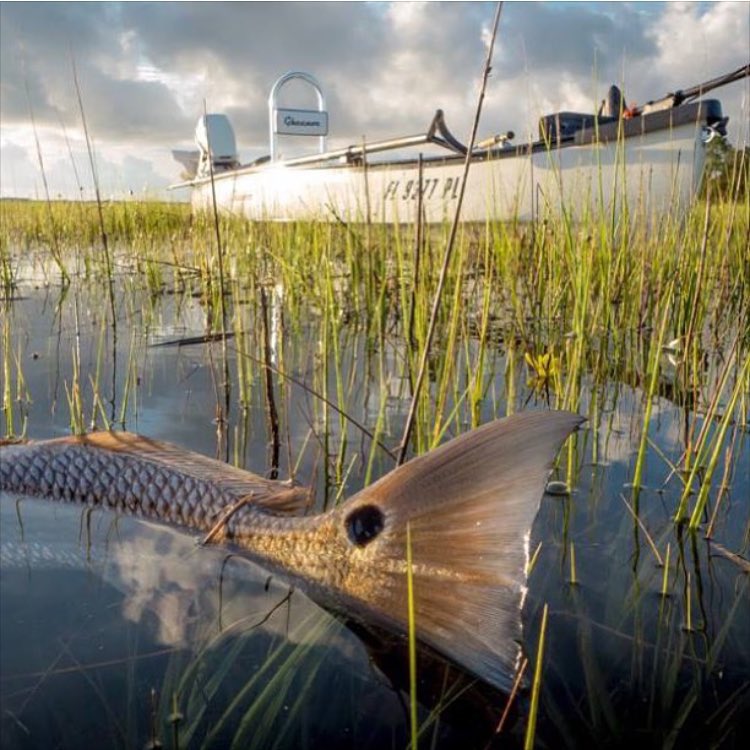When fishermen in many parts of the country think of flood fishing, it’s usually in relation to a “flood tide” or more commonly known as High Tide. Fishermen love the flood tide as it allows three things to occur:
- The rising water level allows shallow water boats to travel even further into territory they normally would not be able to fish.
- The water movement turns fish into a “feeding” mode as they begin to look for baitfish caught in the current.
- Fish begin to move into the newly created terrain from the increased tide level to find crustaceans and other creatures trapped by the fastly encroaching waters. Fishing with Tides creates a buffet for the fish.
Here is some crazy footage of a school of fish taking a nice stroll down the sidewalk in a flood area. Video Credit goes to Amanda Kay Smith out of Bay City.
This is a great example of how fish are inherently programmed to explore new terrain to find new food sources.
One of the best opportunities to catch fish inshore is to fish oyster beds on the incoming or high tide. As previously mentioned, many fish focus on these area as the water allows them access. This is mainly because oyster beds provide a terrific opportunity for hungry redfish and other species to feed as they are home to small crabs (a Red Drum favorite), red worms, shrimp, juvenile lobster, tiny baitfish, mussels and sea squirts cling to their flooded homes and suddenly are in a dangerous position and looking to find better cover to protect themselves from advancing fish that are hungrily feeding.
Isn’t that a beautiful sight? This is what is called a Tailing Redfish, where the red drum (redfish) are face down in the grass or oyster beds on a high tide rooting around for small crustaceons and other fishy snacks. Sidenote: If you are in the market for a shallow water boat for sale, check out the Gheenoe skiff. You won’t find a more wonderful inshore fishing boat than this type of skiff.
Top Redfish Stickers by Skiff Life
A recent study by the South Carolina Department of Natural Resources identified 4 shrimp species, a variety of crabs and a whopping 17 different predator species present at high tide. The high tide also scoops a cast of transient characters from deep troughs and channels. It’s no surprise that prey species create their temporary buffet until they are forced to retreat with the receding waters of the low tide.
You’ll find the typical shallow-water predators: redfish (a.k.a. Red Drum) and and black drum, weakfish and spotted seatrout (yes, they are different fish), flounder and the delicious sheepshead. The resident mayor of the shallows; the mangrove snapper and the ultimate in predatory fish…the snook. Ever stripers, rockfish or striped bass are known to frequent the taken for granted oyster bed in the Northeast Fishing & Boating grounds. of the U.S.A. We can even see deeper water visitors like Spanish mackerel and cobia, who are usually following mullet and other baitfish onto the oyster bars.
Oyster beds are trecherous and famous for claiming fishing tackle and boat props. The high tide allows anglers to use topwater plugs, soft plastics with jigheads and weedless spoons over these oyster beds with a lesser chance of losing your prized fishing lure. If you are fishing live bait, we’d suggest the use of a bobber type device called a popping corks which will “float” the bait over the osyters and keeping them from burrowing into the oyster beds and cutting your line.
Visit: https://www.skifflife.com Merchandise: https://www.skifflife.us
